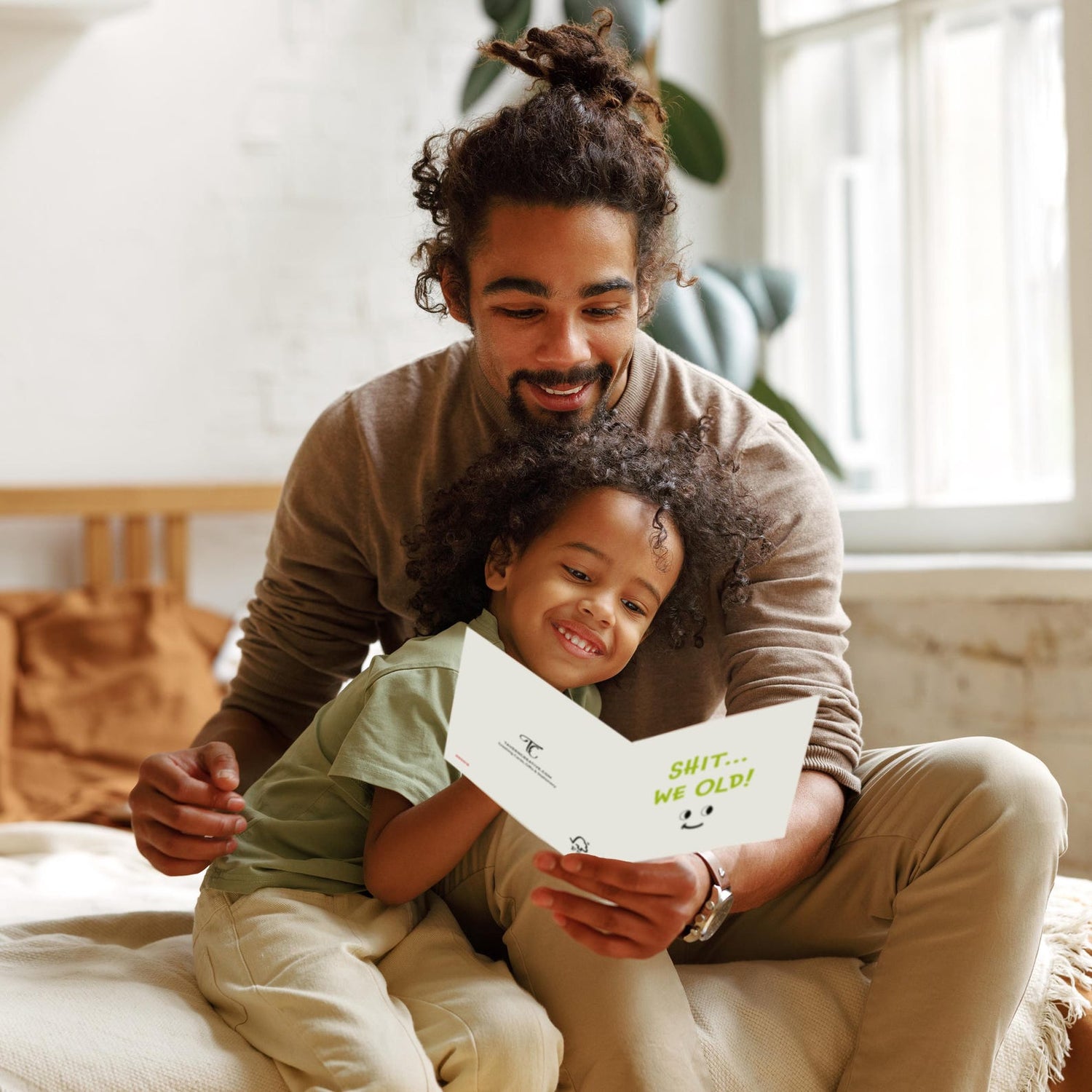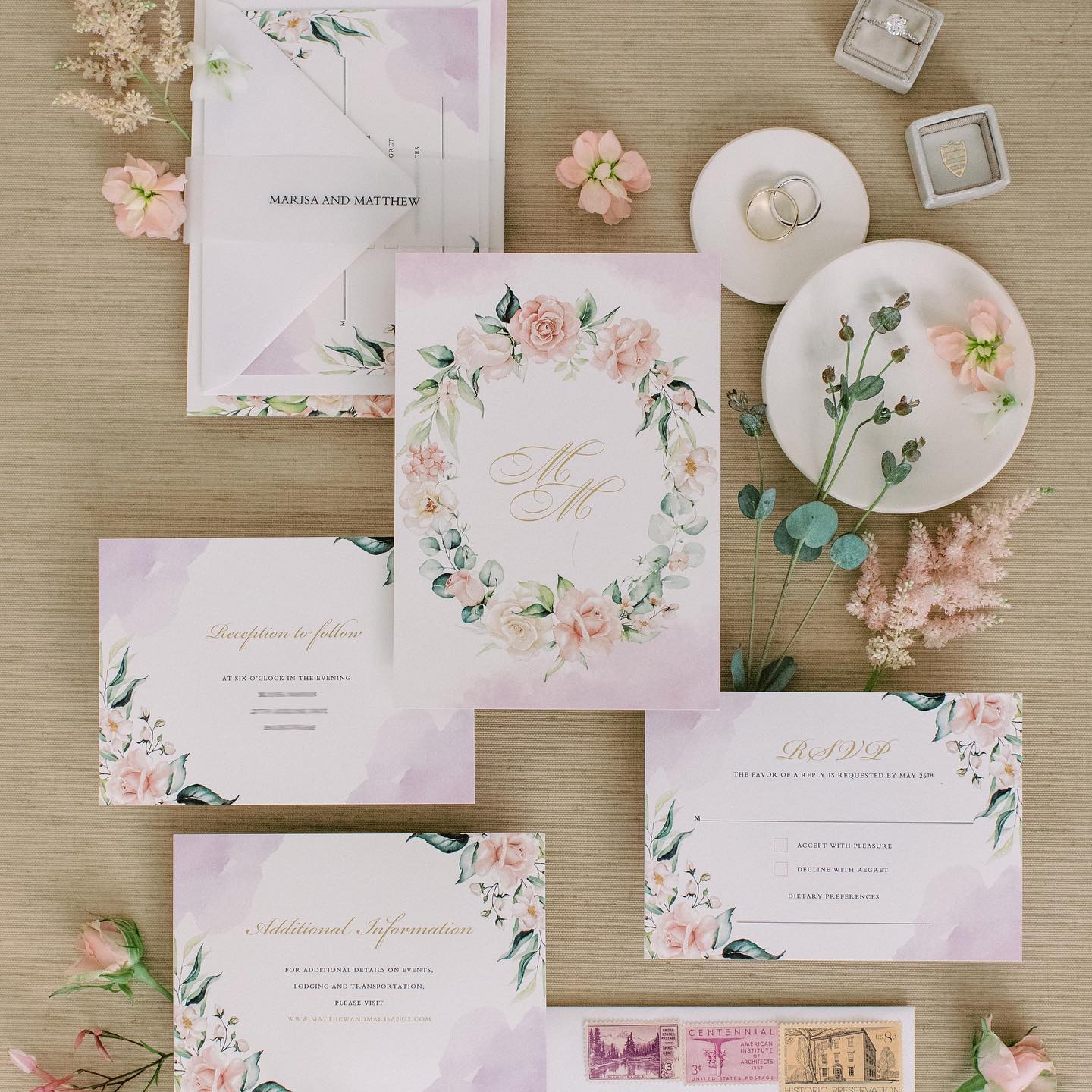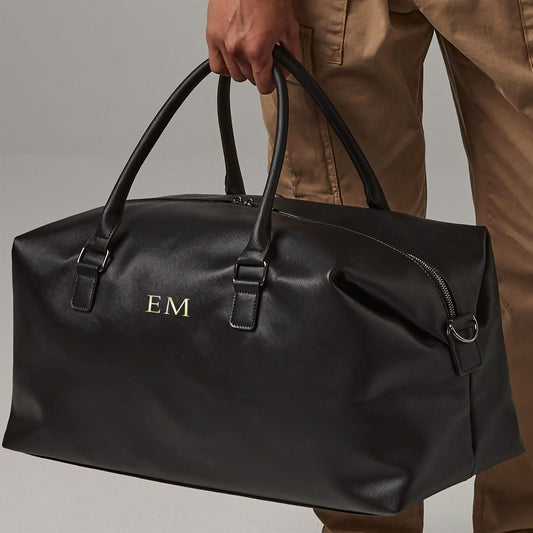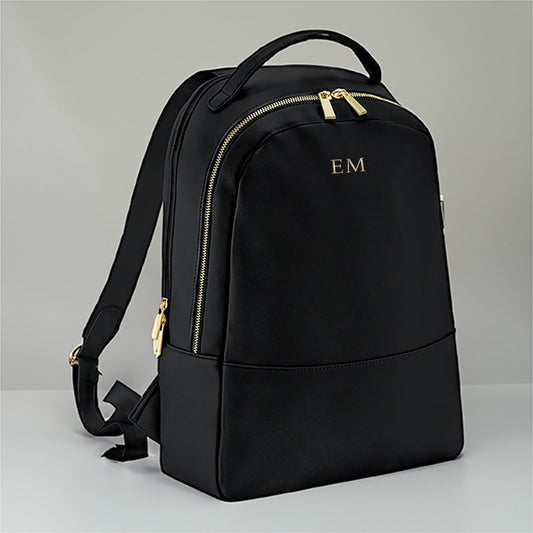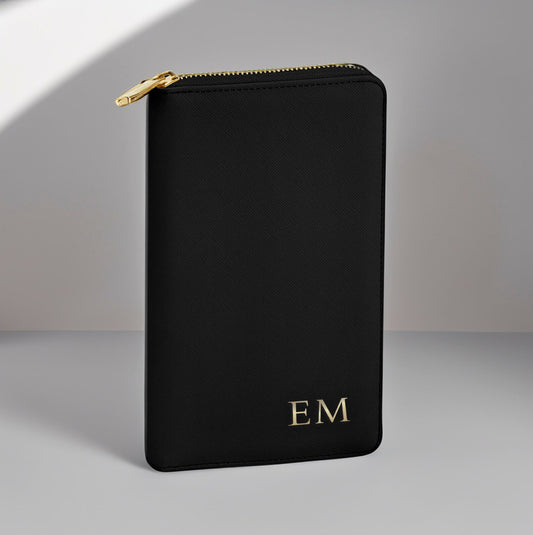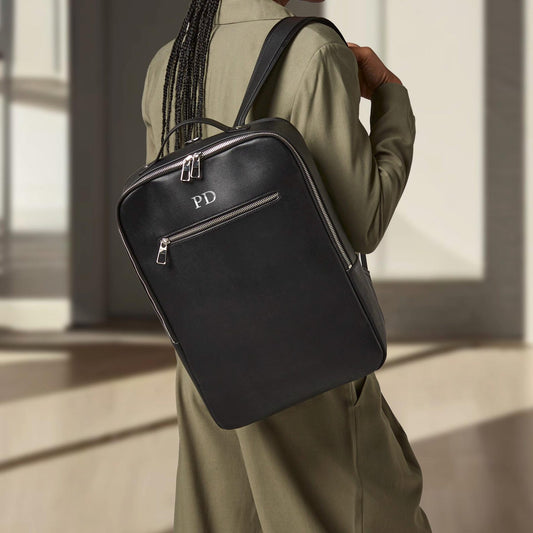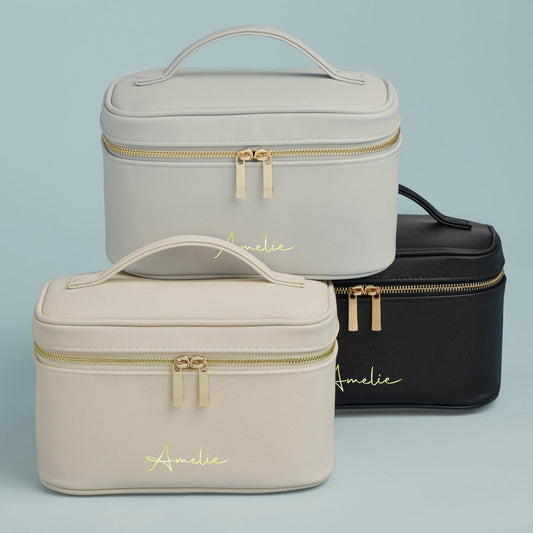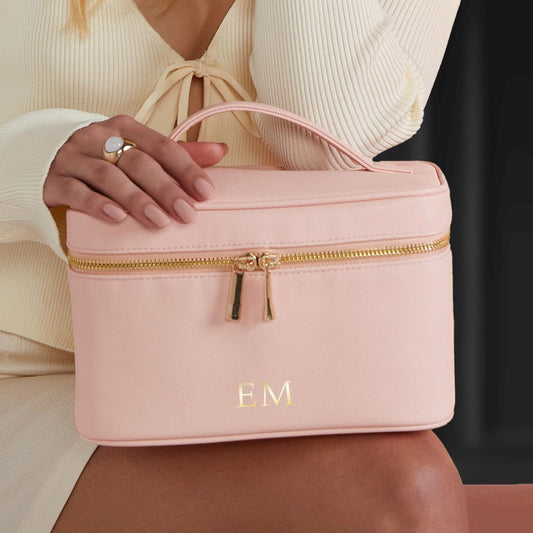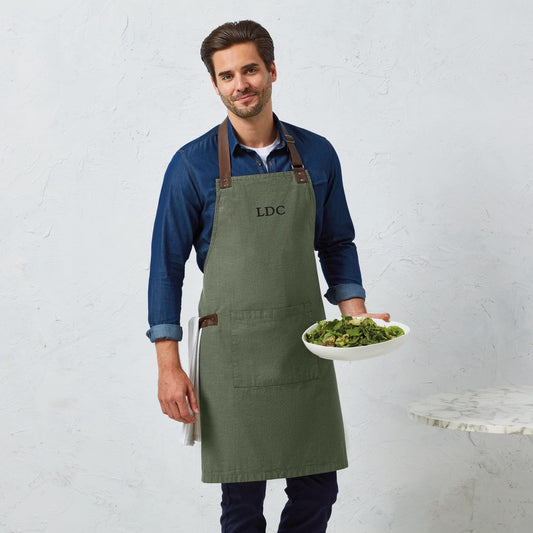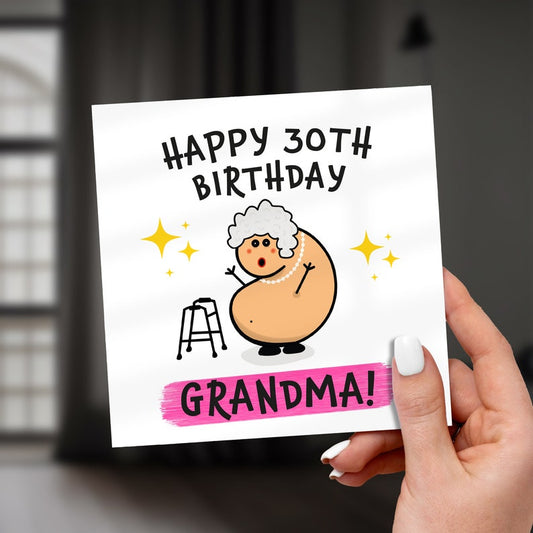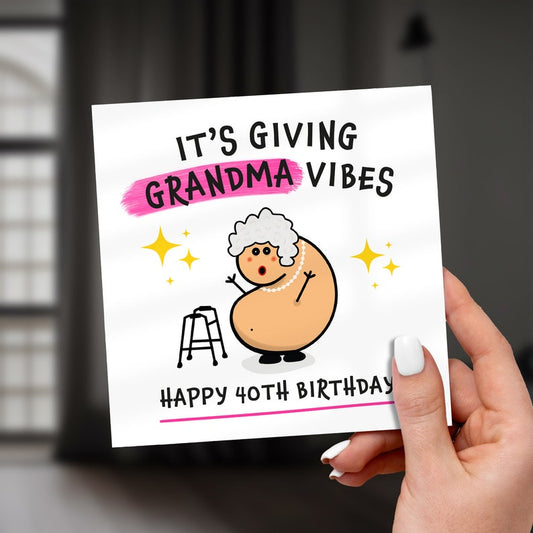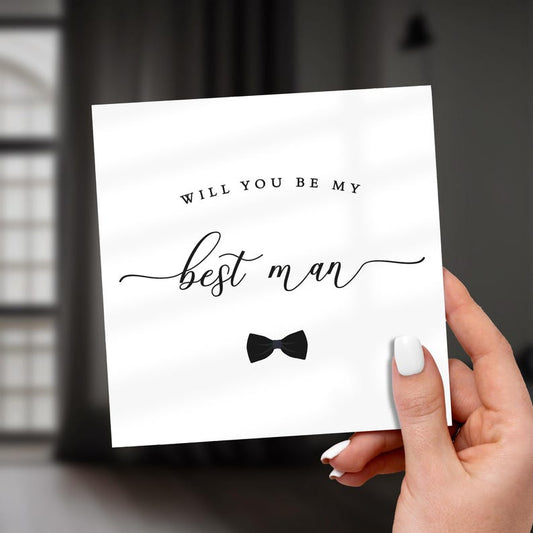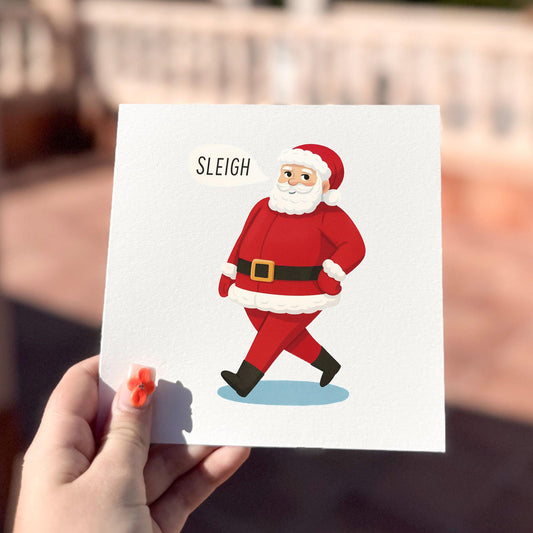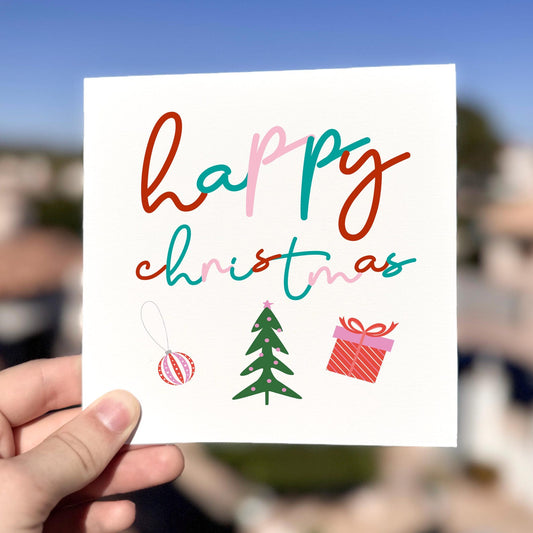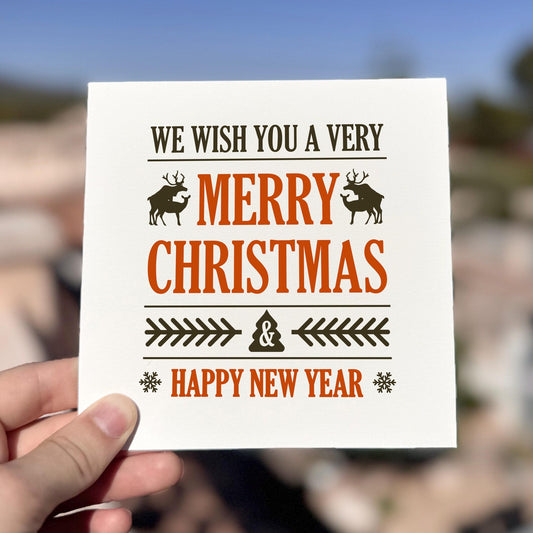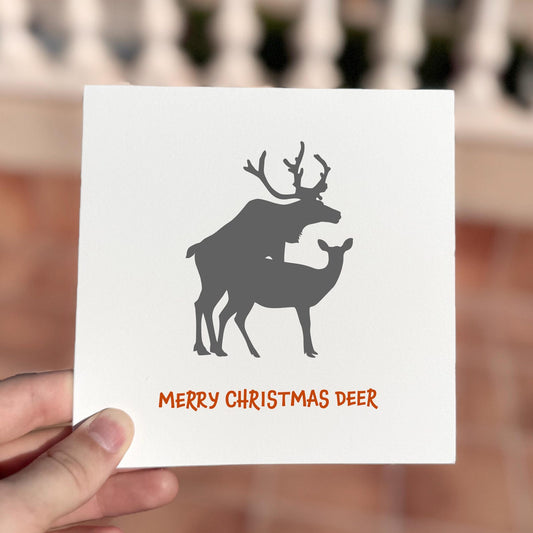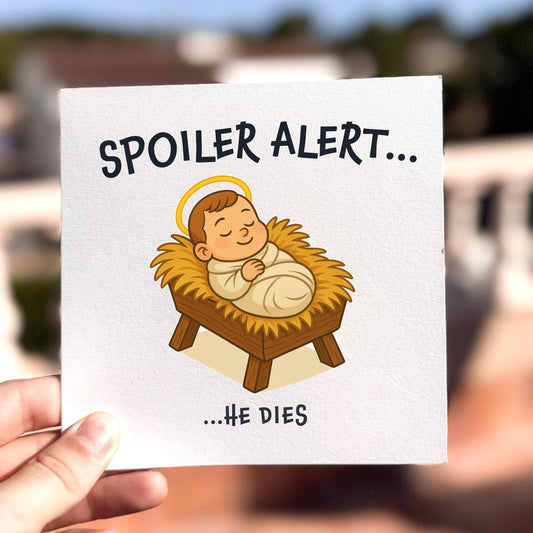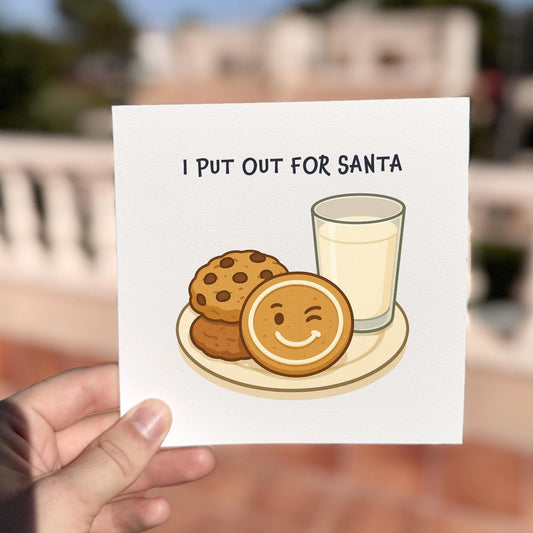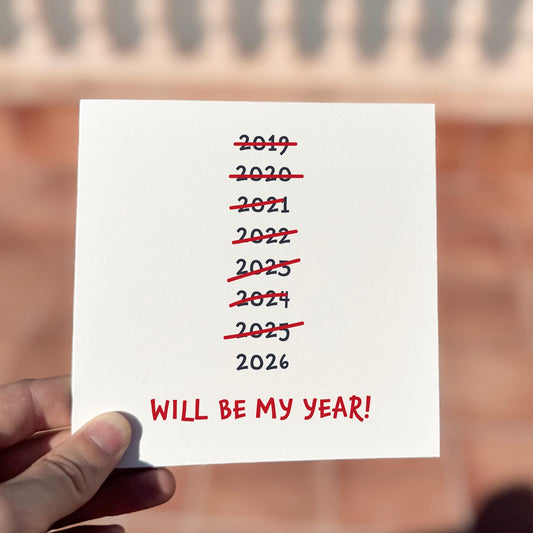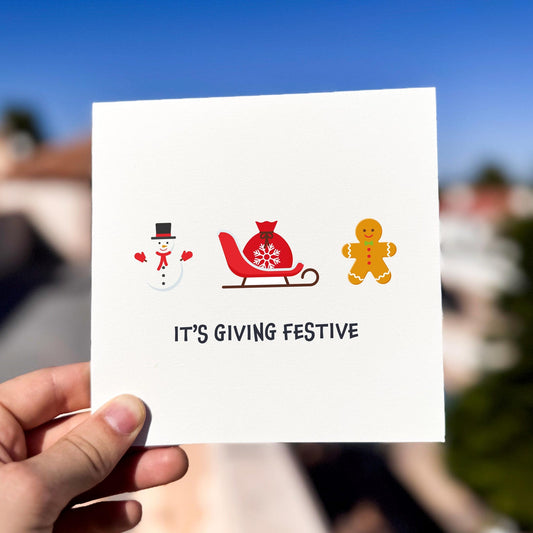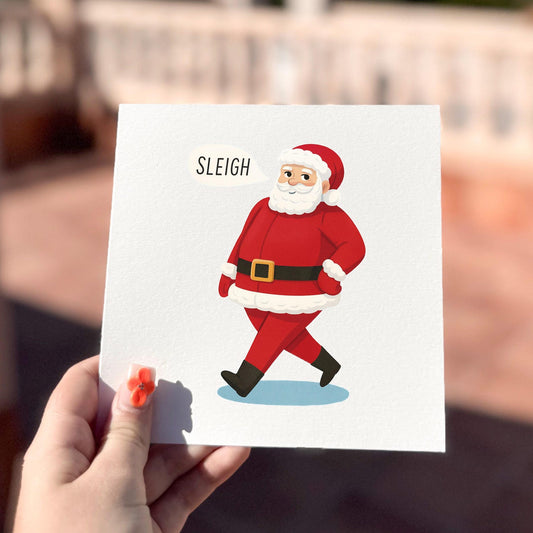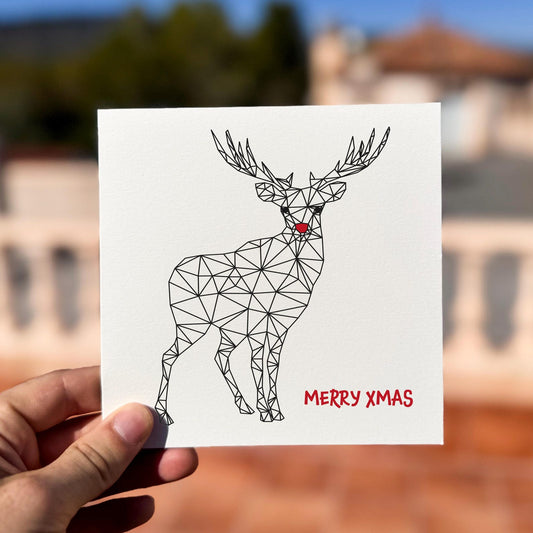When you're planning your wedding stationery, the main invitation often gets all the attention. But it's the details card that can save your guests from last-minute confusion and make the day run more smoothly.
Whether you're having a traditional church ceremony, a countryside celebration or a full weekend of events, here’s what your details card should cover – and why it matters.
1. Directions and Parking
Even in the age of smartphones, it’s helpful to include clear directions, especially if your venue is remote or hard to find. You can also let guests know about on-site or nearby parking options, or if they’ll need to arrange alternative transport.
2. Timings for the Day
Include a simple schedule for the day. Let guests know what time to arrive for the ceremony, and what to expect afterward – such as drinks, dinner and dancing. If there’s a break between the ceremony and reception, give them a heads-up.
3. Dress Code
If there’s a specific dress code, note it here. Whether it’s black tie, smart casual, or themed attire, guests appreciate the guidance – especially for outdoor or seasonal weddings.
4. Accommodation Information
Suggest nearby hotels or guest houses, particularly if you’ve reserved a block or secured a group rate. You might also mention any recommended transport options for getting back safely after the reception.
5. Gift List or Wishes
If you’ve created a wedding gift list, you can include a short note and website link. Or, if you’d prefer no physical gifts, a polite message such as “your presence is present enough” keeps it gracious and clear.
6. RSVP Instructions (if separate from invite)
If you're using an online RSVP or want guests to respond by post, provide the instructions and a deadline here. It’s especially useful if the RSVP method isn’t shown on the main invitation.
The wedding details card is all about clarity and consideration. By including the right information, you’ll make the day easier for your guests – and give yourselves fewer questions to field in the run-up to the big day.


